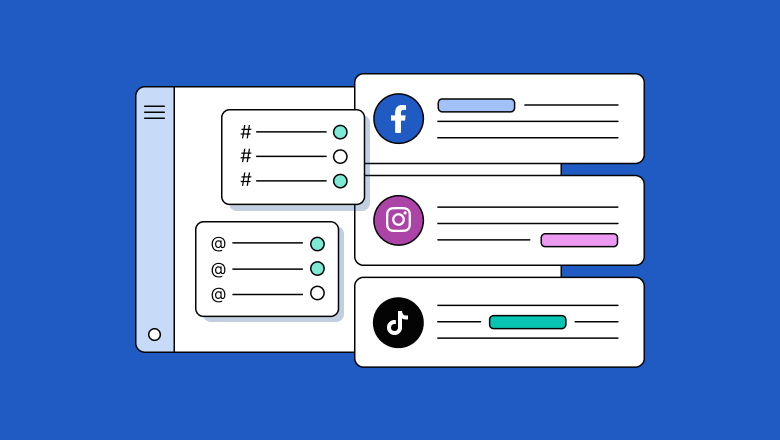Organic vs. paid social media: A hybrid strategy that works
With the flood of content on social media feeds, getting your brand to cut through the noise is tougher than ever. And social media Read more... The post Organic vs. paid social media: A hybrid strategy that works appeared first on Sprout Social.

With the flood of content on social media feeds, getting your brand to cut through the noise is tougher than ever. And social media managers often face an uphill battle: how to gain visibility as ad costs climb and budgets shrink.
In this climate, using a strategic mix of organic and paid social media isn’t an option—it’s a necessity. It’s key to getting noticed, standing out from the competition and driving stronger social media ROI.
Social media strategy success hinges on knowing when to strategically leverage organic and paid social media efforts across networks to move the needle and drive the strongest return on investment.
What is organic social media?
Organic social media is the free content you share on social networks—like text posts, images and videos—that you publish without paying for promotion. Organic in action looks like opening a social media feed, posting content and tracking engagement without spending money to promote or boost it. You use the network’s algorithm to get your content in front of an audience that will engage with your brand.
Consider this example from The Coffee Monsterz Co., a stationery shop. The social media post features the company’s products, and the caption announces a shop update. This is purely organic—no paid promotion—just a brand relying on relevance and engagement to drive reach.
The benefits of organic social media
Organic content can be more cost-effective—a major win when your social media advertising budget is tight or nonexistent. You can keep connecting with your audience for consistent reach without constant spend.
Organic content helps brands build relationships and earn consumers’ trust. People are generally more inclined to trust content that doesn’t look like an ad, even if it’s selling something.
User-generated content (UGC) is a prime example. A study by Stackla revealed that 79% of respondents favored UGC when making purchasing decisions over branded content (13%) and influencer posts (8%). Overall, organic content feels more authentic and less intrusive, making people more likely to engage—and buy.
The challenges of organic social media
The highest hurdle to clear with organic social media is getting noticed.
While consistent reach is what every social media strategy aims for, it can be a steep challenge without paid promotion. The main reasons? Social networks tend to prioritize the content they’re getting paid to promote, and there’s more competition than ever. On social, you’re competing against other brands, creators and your audience’s friends and family for attention.
A study by Neil Patel at Demand Curve found that average organic reach dropped by around 62% between 2020 and 2023. So, even your high-performing content might not travel as far as it used to.
This is why you need paid and organic social media strategies to work together. Organic keeps your brand visible, builds recognition and earns trust. But when you want to scale faster or consistently reach new audiences, paid bridges that gap.
What is paid social media?
Traditionally, paid social media is when you pay social networks—like TikTok, Pinterest or Meta (for Facebook and Instagram ads)—to push your content and ads to a larger, targeted audience with a specific goal in mind: clicks, conversions or visibility. With the rise of the creator economy, it’s expanded to include paid partnerships with influential social media users. You can pay to boost existing organic content, sponsor influencer content or create ads that never appear on your page and only exist as a paid campaign.
For example, this TikTok ad by Wonderskin combines its organic content with an ad CTA button that links to a landing page. Using this video as an ad enabled the brand to target a specific group with built-in tools and paid promotion to drive action.
The benefits of paid social media
Paid social media gives you more control over who sees your content and how it performs. Unlike organic, you don’t have to rely on an algorithm to find the right audience. Paid is especially powerful for precise targeting and rapid audience reach.
Some of the key advantages of paid social media include:
- Audience targeting: Pinpoint your ideal customer with precision. Decide who sees your ads based on interests, behaviors, specific demographics and more.
- Conversion-ready formats: Paid posts are loaded with features like buttons, lead generation forms and outbound links, making it easier to drive action beyond a user’s feed.
- Detailed analytics: Get detailed performance data, including reach, engagement and conversions to tie to your business goals.
- Faster distribution: Reach more people quickly, accelerating your growth and scale beyond the pace of organic growth.
Paying for visibility can add up, and audiences don’t only want to see ads from your brand on social. To build genuine, long-lasting connections, a mix of organic and paid media helps develop and sustain your audience over time.
The challenges of paid social media
Paid can take a big bite out of your advertising budget. According to Search Engine Land, paid social spend spiked 13% year-over-year in 2024.
That’s why it’s crucial to understand how paid and organic support each other. Paid is your go-to for precision, speed and sending audiences to your landing page. Organic efforts build trust and relationships and can potentially turn your audience into your fiercest brand advocates. A robust social media strategy leverages both.
What are the differences between organic vs. paid social media?
The main differences between organic and paid social media come down to cost, distribution, reach, targeting, speed, analytics and purpose. Here’s how they compare across each category:
Cost
- Organic social media: Free promotion
- Paid social media: Paid promotion
Distribution
- Organic social media: Algorithm-driven
- Paid social media: Audience-driven
Reach
- Organic social media: Depends on engagement
- Paid social media: Broad, depends on budget and audience criteria
Targeting
- Organic social media: Limited to platform algorithms and followers
- Paid social media: Custom targeting by interests, demographics or behavior
Speed
- Organic social media: Builds over time
- Paid social media: Fast, instant reach
Analytics
- Organic social media: Tracks audience behavior through interactions (engagements, impressions) and conversations (comments, DMs)
- Paid social media: Provides deeper visibility into conversion metrics and click-throughs and optimizes your ad spend (cost metrics)
Best for
- Organic social media: Building relationships and brand recognition
- Paid social media: Driving conversions and scaling reach
But knowing how organic and paid complement each other is only half the equation. The other half is figuring out when to use each one based on your goals, budget and timeline.
When to invest in organic vs. paid social media
Both organic and paid social are priorities for leadership. The 2025 Sprout Social Index™ found that 75% of marketing leaders rank paid and organic social media as top priorities, right behind content and website strategy. And they expect results: 65% want to see how social media campaigns tie to business goals, and 52% want to see the cost savings of social media.

Considering leadership’s priorities, organic is often a better place to start. It gives your brand visibility, builds trust without breaking the bank and provides your team with audience insights to inform paid ads. Paid is most effective after that groundwork has been laid.
Here’s a straightforward way to approach your social media investment strategy:
- Start by understanding your audience, goals and budget. Knowing how your target audience expects to engage with your content will directly inform when to lean into organic efforts versus when to introduce paid.
- Recognize organic as the foundation for building trust and audience connection by prioritizing high-quality, audience-first content.
- Understand when to integrate paid for broader reach and to drive conversions. If you don’t have enough data to guide your decisions yet, beginning with organic is a smart way to observe what resonates and build audience insights.
- Build a cohesive social media content strategy that integrates your organic and paid efforts, maximizing results without competing for budget and resources.
Create a hybrid strategy that outperforms purely organic or paid social media
A strong hybrid strategy is about knowing when to apply a particular tactic—and why. This 7-point framework offers guidance on smarter organic and paid social media use:
1. Start with organic
Focus your resources on organic first. Regularly posting high-quality, audience-first content is crucial to building trust and relevance.
Need some inspiration? Take a look at Duolingo’s Instagram. It’s a masterclass on staying true to your brand, selling your product and creating content people love to engage with.
Your primary focus should be investing in a creative organic strategy and community building—especially if you’re on a tight budget. Paid should support—not replace—that work.
When you’re ready to run ads, a good starting point is to run bottom-of-funnel ads to the audiences you’ve built organically.
2. Make your brand cohesive across organic and paid
Separate teams often manage organic and paid social media. Their different goals and timelines can lead to efforts that feel disconnected to the audience. If a user sees an organic post from your brand, then an ad that looks and sounds completely different, it can damage trust and brand recall.
Notice the consistency in the two videos below from BetterHelp’s TikTok. They feature real people and use similar music and warm lighting across their social content. The result is a smooth, cohesive experience for users, whether they’re watching an organic video or a paid ad.
Have your organic and paid teams align on visuals, tone and even the timing of ad campaigns so your ads feel like a natural extension of your organic content.
3. Use paid to boost your organic social media marketing efforts
Paid and organic work best when they’re interconnected. A prime example of this kind of collaboration is when you give a paid boost to organic posts with high engagement.
You can do this through your ad platform. Or you can simply click the “Boost” or “Promote” button, often displayed with organic posts, like this example from LinkedIn:
Boosted organic posts usually attract more meaningful interactions than sales-y ads and can deliver a pool of engaged users you can reengage later. From there, you can use ads like product walk-throughs, case studies or special offers to help that same audience convert.
4. Use paid where organic can’t go
Paid social media provides tools you simply don’t get with organic. Consider these scenarios where paid can enhance your social media marketing strategy:
- If you need to redirect someone to your site, use formats with clickable buttons.
- If you want to reach a specific audience or a new segment, use audience targeting tools to narrow your audience based on interests, demographics or past behavior.
- If you want to test creative with more control, set up A/B testing within your paid campaigns to test creative elements and assess audience reactions.
- If you need more conversion insights, paid provides comprehensive analytics. Use your data to find patterns in audience behavior and adjust content and messaging as you go.
Think of it this way: Organic social helps you build relationships with consumers. Paid social enables you to leverage that trust and relationship beyond their feeds to achieve specific outcomes.
5. Treat social as full-funnel, not just top-funnel
Social media has evolved into a crucial hub for customer interaction, research and feedback, offering businesses valuable data and powerful engagement opportunities. It’s transformed beyond mere brand awareness. It’s where people go to learn about brands and directly communicate with them. It’s also a powerful platform for brands to discover new audiences, foster customer loyalty and drive sales.


Even if the final transaction takes them off the app, social media helps nudge consumers closer to purchase with content like product demos, testimonials or limited-time offers.
6. Tie your paid and organic efforts to outcomes that matter
Fragmented data across social networks can keep you from assessing accurate social ROI measurement. To understand how both your paid and organic efforts contribute to business outcomes, it’s essential to integrate your social media management software with broader business metrics. This integration is crucial for effective multi-touch attribution.
Beyond its impact on sales, social data delivers valuable insights for customer service and product development. When powered by AI-driven analysis, social data can reveal under-the-radar trends and unmet customer needs.
Once you understand how your efforts influence business outcomes, you can set more strategic KPIs. For example, if you know organic engagement improves paid ad performance, you might set KPIs around comments and shares. Similarly, if completed video ad views drive branded search, you could set paid KPIs around completion rate.
Solutions like Sprout Social effortlessly connect the dots between your paid and organic efforts and business results.
With capabilities like My Reports, you can build and share custom views that align with your business goals and gain visibility into the organic and paid KPIs that matter. With Analyze by AI Assist, you can quickly identify trends, rapidly summarize performance and streamline data analysis.

Tracking your key metrics puts an end to guesswork, enabling you to adjust your strategies based on what drives real results.
To help you track and analyze your paid and organic social media performance side by side, our social media analytics template enables you to visualize your efforts, compare the effectiveness of paid campaigns, evaluate organic performance and connect social metrics to your overall business goals.
7. Continually optimize your organic and paid strategies
If your strategy isn’t performing as expected, use your data and analysis to test different approaches, including:
- Swapping static images with short-form video
- Rewriting captions with a stronger hook
- Adjusting your posting times
You can also experiment with structure: add a call to action, shorten a link preview or break up dense captions for readability. Small creative changes for both paid and organic enable you to isolate what’s working without requiring a complete campaign overhaul.
Once you’ve applied those creative tweaks, turn to your organic content to test ideas fast, refine your messaging and see what resonates without ad spend. From there, scale proven strategies with paid social to reach the right audience and get detailed performance data across audience segments.
Elevate your social media strategy with Sprout Social
It’s not about organic vs. paid social media—it’s about the competitive edge you gain from combining the power of both. Look for ways one strategy could support the other. That’s how you’ll get to the bottom of what drives social media ROI.
Of course, double the strategies means double the metrics. Sprout can help you track both organic and paid performance. Use this social media analytics template to track your efforts. It provides a bird’s-eye view of your performance so you can easily tie it back to business goals.
The post Organic vs. paid social media: A hybrid strategy that works appeared first on Sprout Social.












.png)





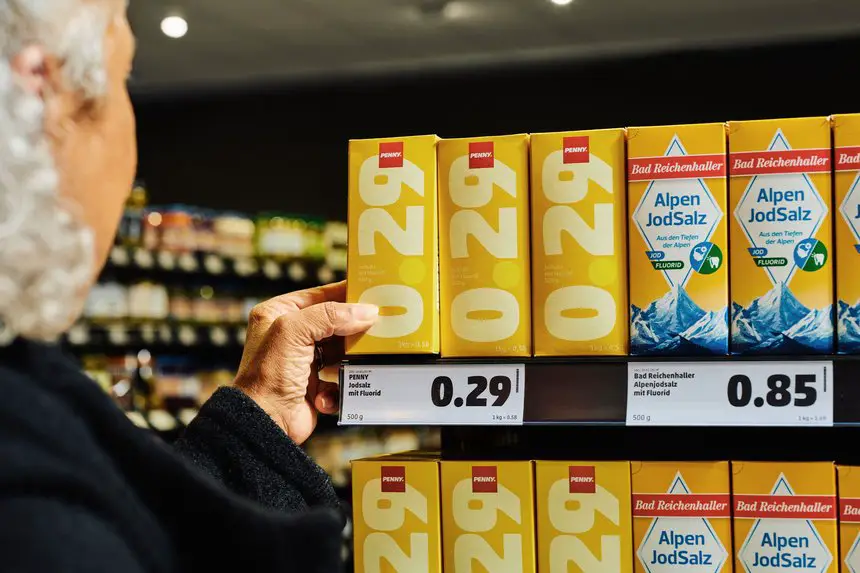








![How To Drive More Conversions With Fewer Clicks [MozCon 2025 Speaker Series]](https://moz.com/images/blog/banners/Mozcon2025_SpeakerBlogHeader_1180x400_RebeccaJackson_London.png?auto=compress,format&fit=crop&dm=1750097440&s=282171eb79ac511caa72821d69580a6e#)

![Brand and SEO Sitting on a Tree: K-I-S-S-I-N-G [Mozcon 2025 Speaker Series]](https://moz.com/images/blog/banners/Mozcon2025_SpeakerBlogHeader_1180x400_LidiaInfante_London.png?auto=compress,format&fit=crop&dm=1749465874&s=56275e60eb1f4363767c42d318c4ef4a#)





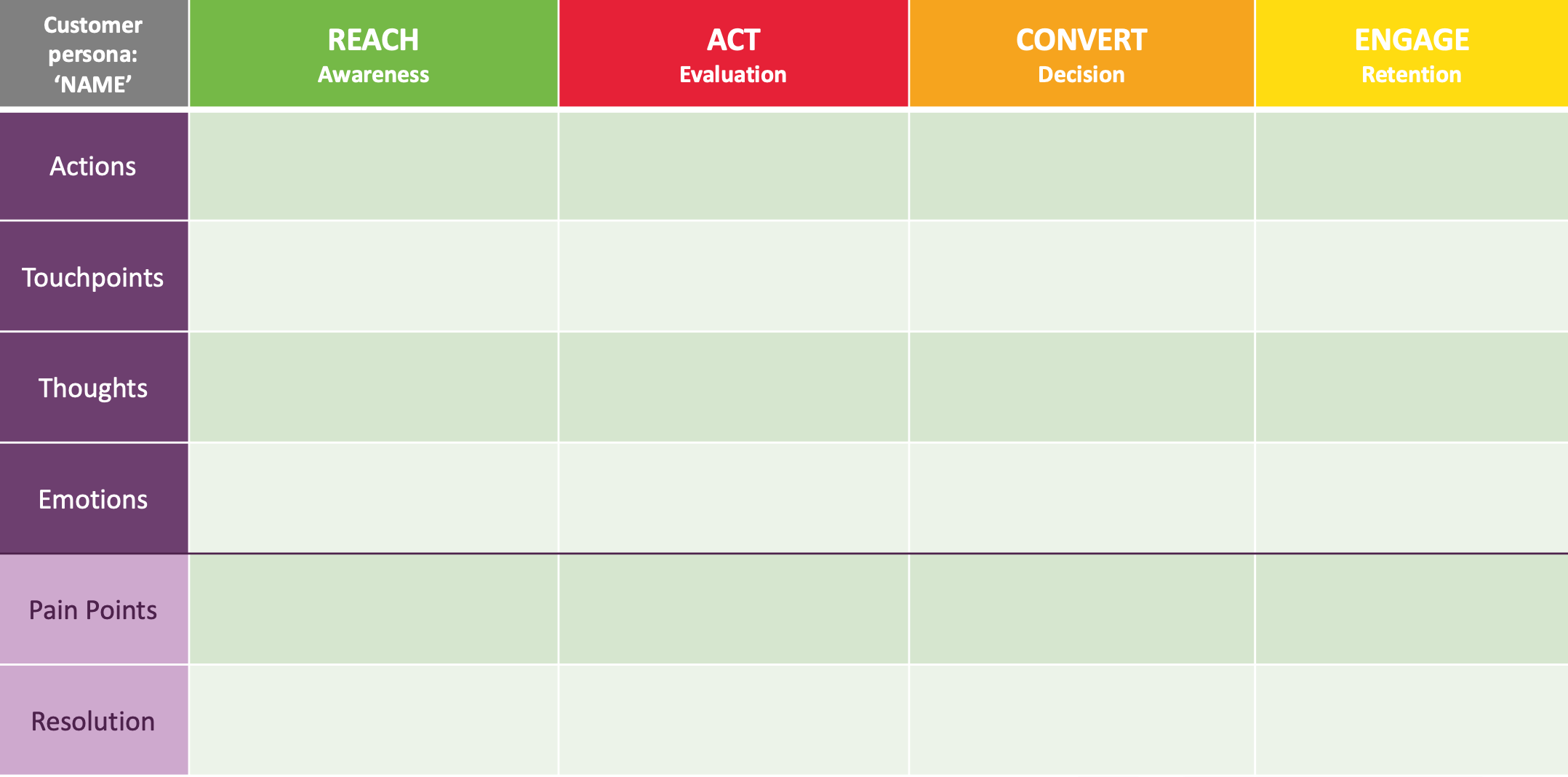















![The 11 Best Landing Page Builder Software Tools [2025]](https://www.growthmarketingpro.com/wp-content/uploads/2024/04/best-landing-page-software-hero-image-1024x618.png?#)


































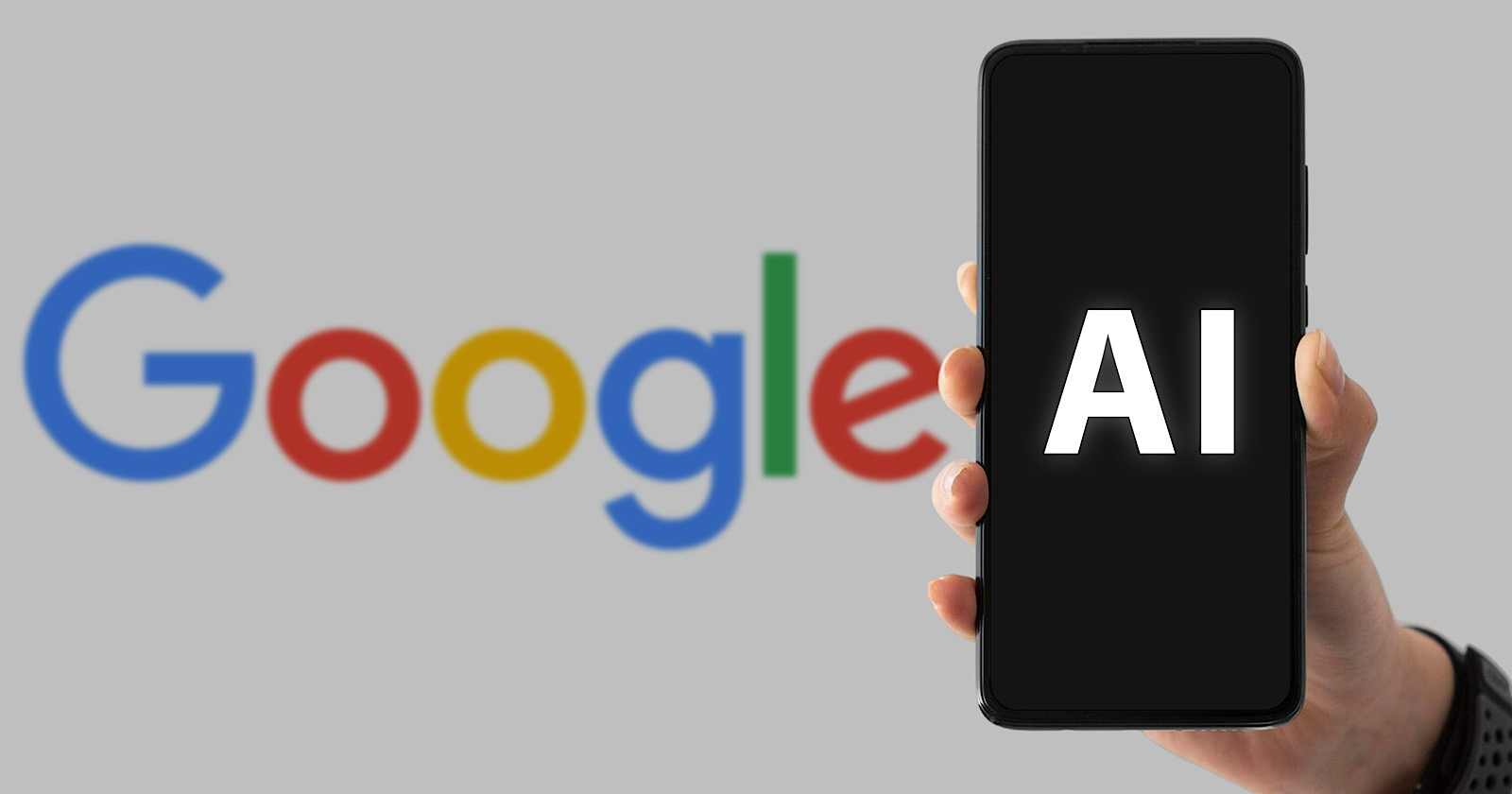




![How to Create an SEO Forecast [Free Template Included] — Whiteboard Friday](https://moz.com/images/blog/banners/WBF-SEOForecasting-Blog_Header.png?auto=compress,format&fit=crop&dm=1694010279&s=318ed1d453ed4f230e8e4b50ecee5417#)
![How To Build AI Tools To Automate Your SEO Workflows [MozCon 2025 Speaker Series]](https://moz.com/images/blog/banners/Mozcon2025_SpeakerBlogHeader_1180x400_Andrew_London-1.png?auto=compress,format&fit=crop&dm=1749642474&s=7897686f91f4e22a1f5191ea07414026#)

![AIO Hurting Traffic? How To Identify True Loss With GA4, GSC & Rank Tracking [Webinar] via @sejournal, @lorenbaker](https://www.searchenginejournal.com/wp-content/uploads/2025/06/stat-sej-webinar-june-2025-668.png)







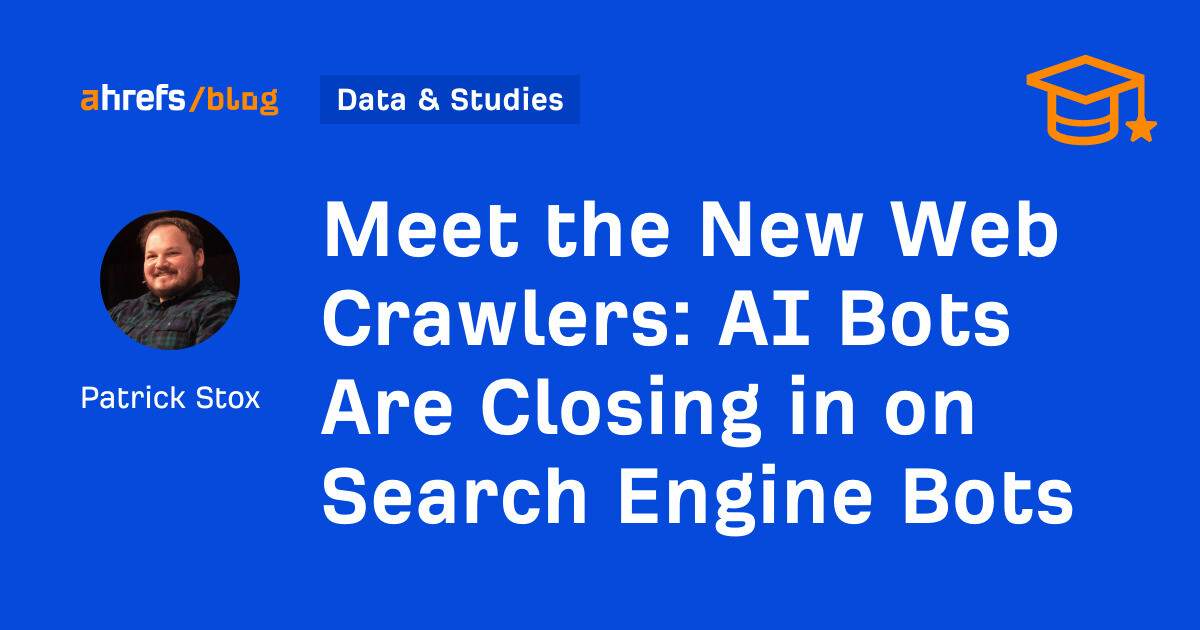
![AI Content Is 4.7x Cheaper Than Human Content [+ New Research Report]](https://ahrefs.com/blog/wp-content/uploads/2025/06/ai-content-is-4.7x-cheaper-than-by-ryan-law-data-studies.jpg)
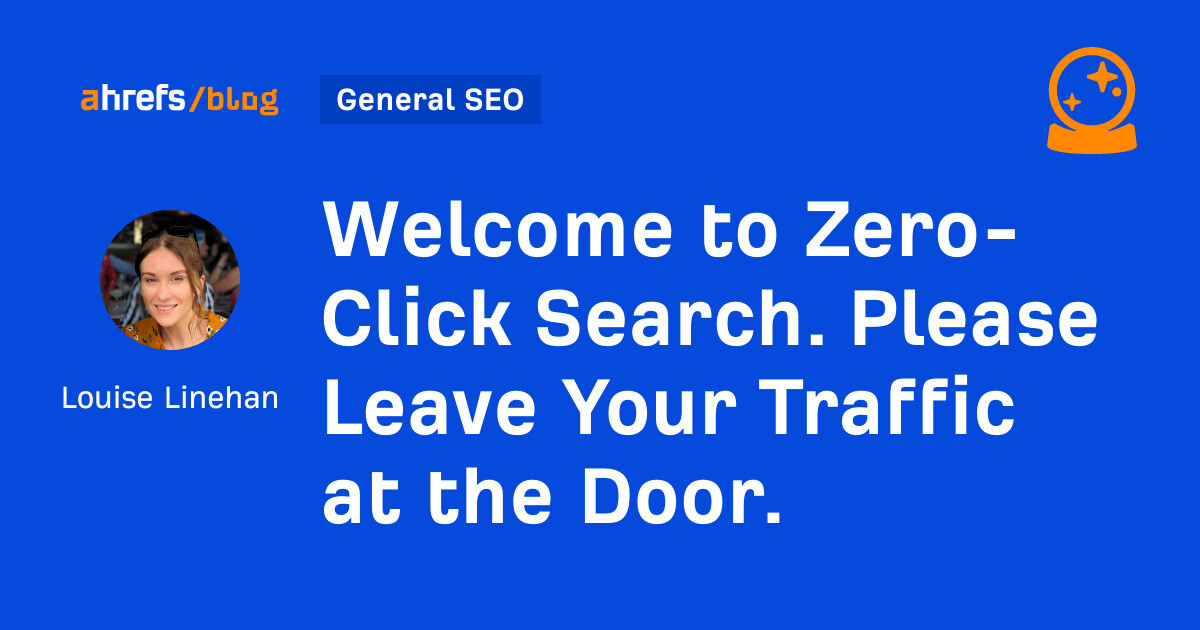


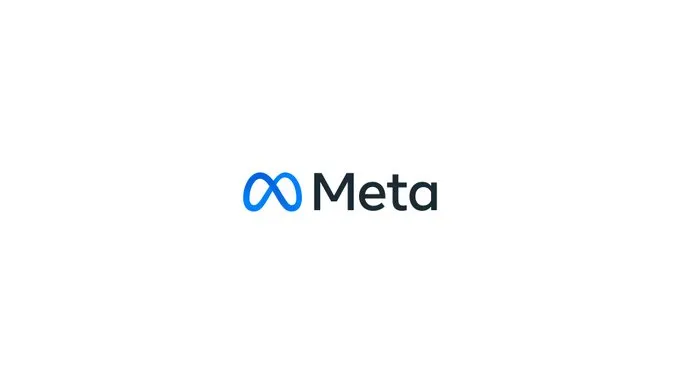
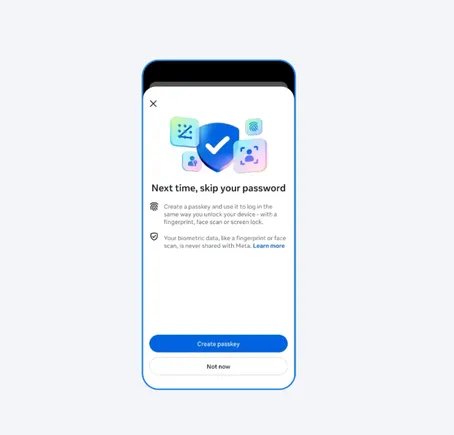

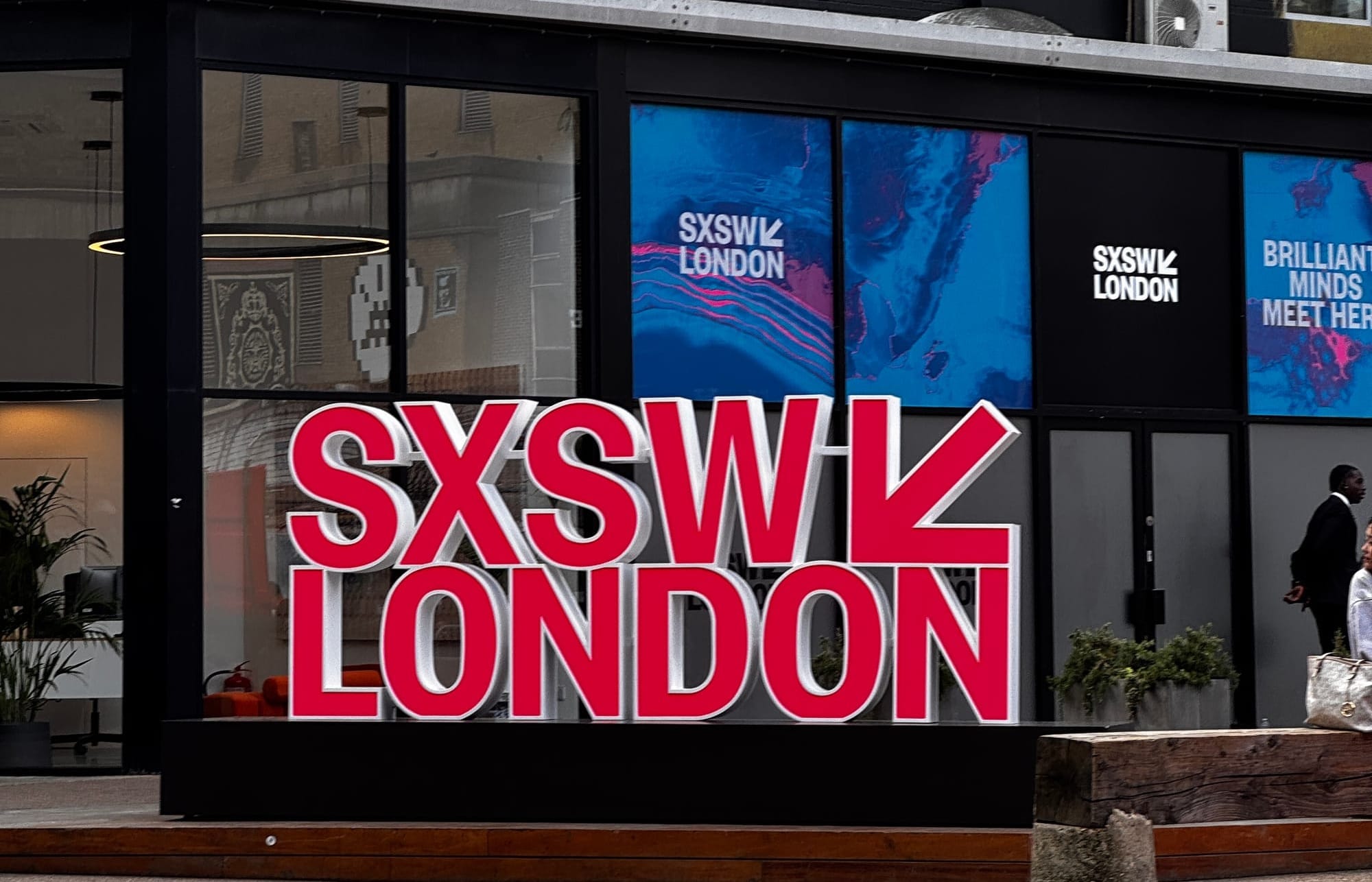







![Brand pitch guide for creators [deck and email templates]](https://blog.hootsuite.com/wp-content/uploads/2022/06/brand-pitch-template.png)










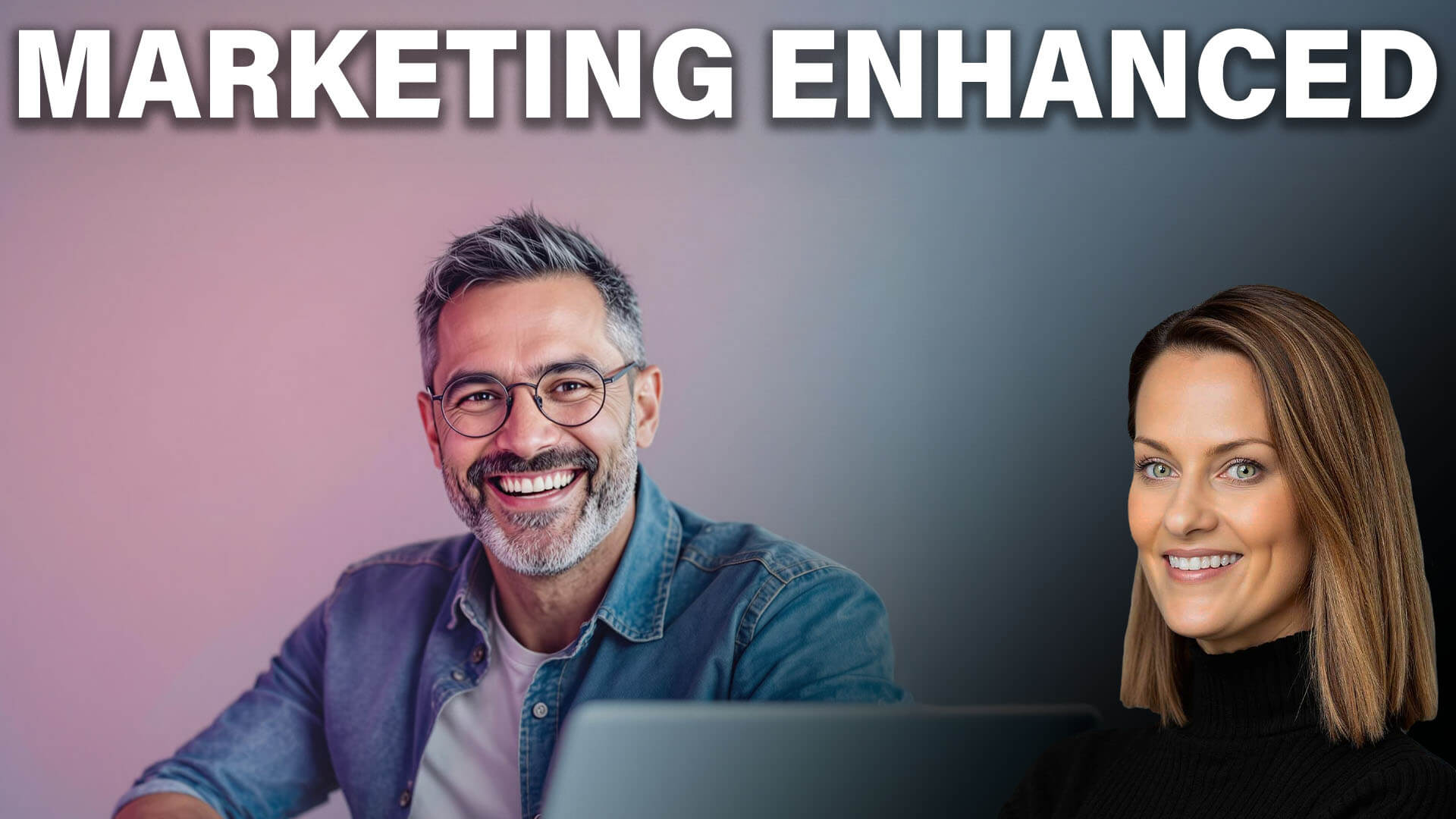


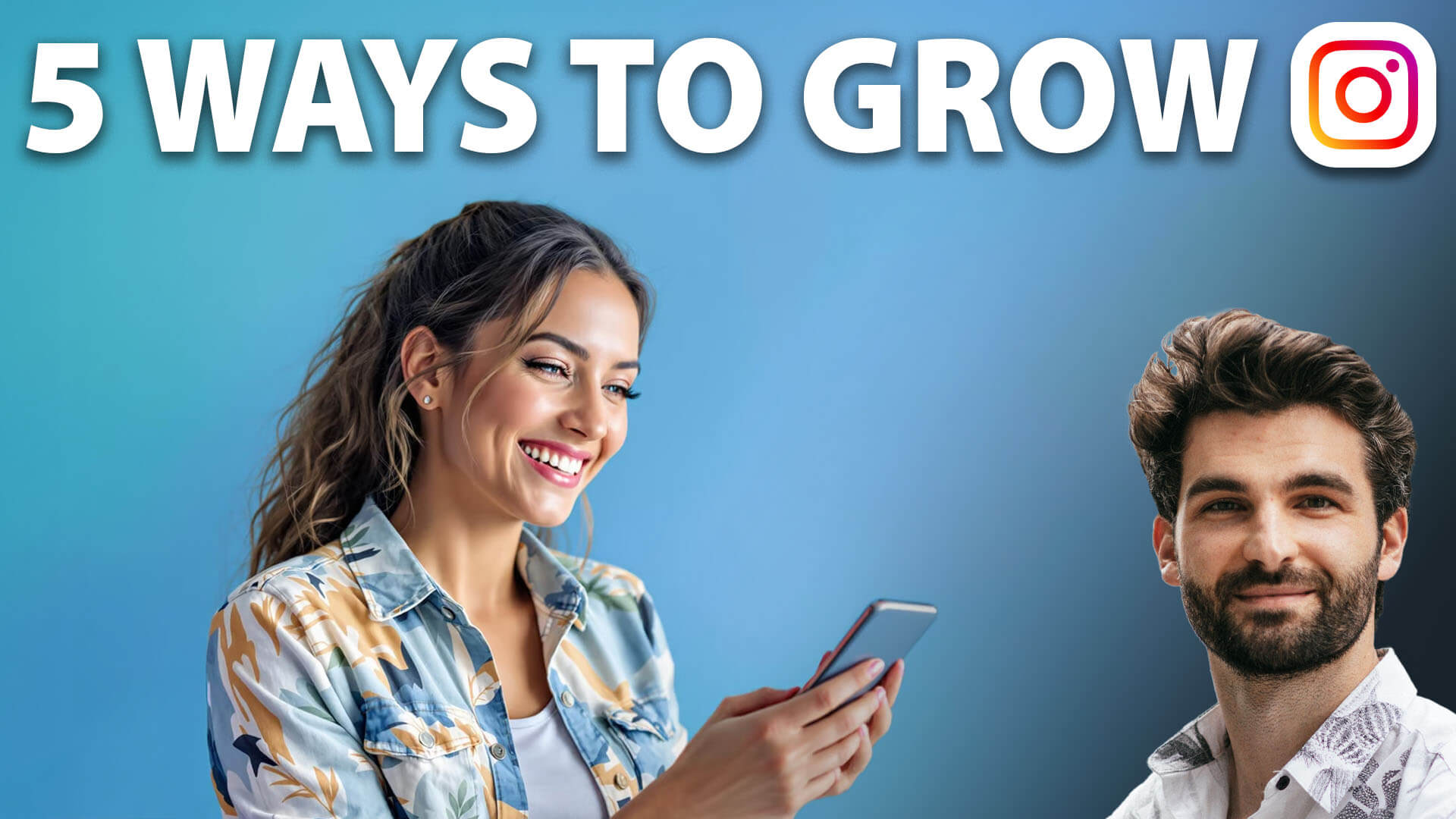



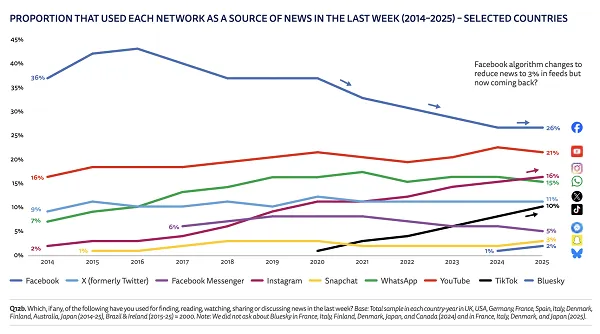
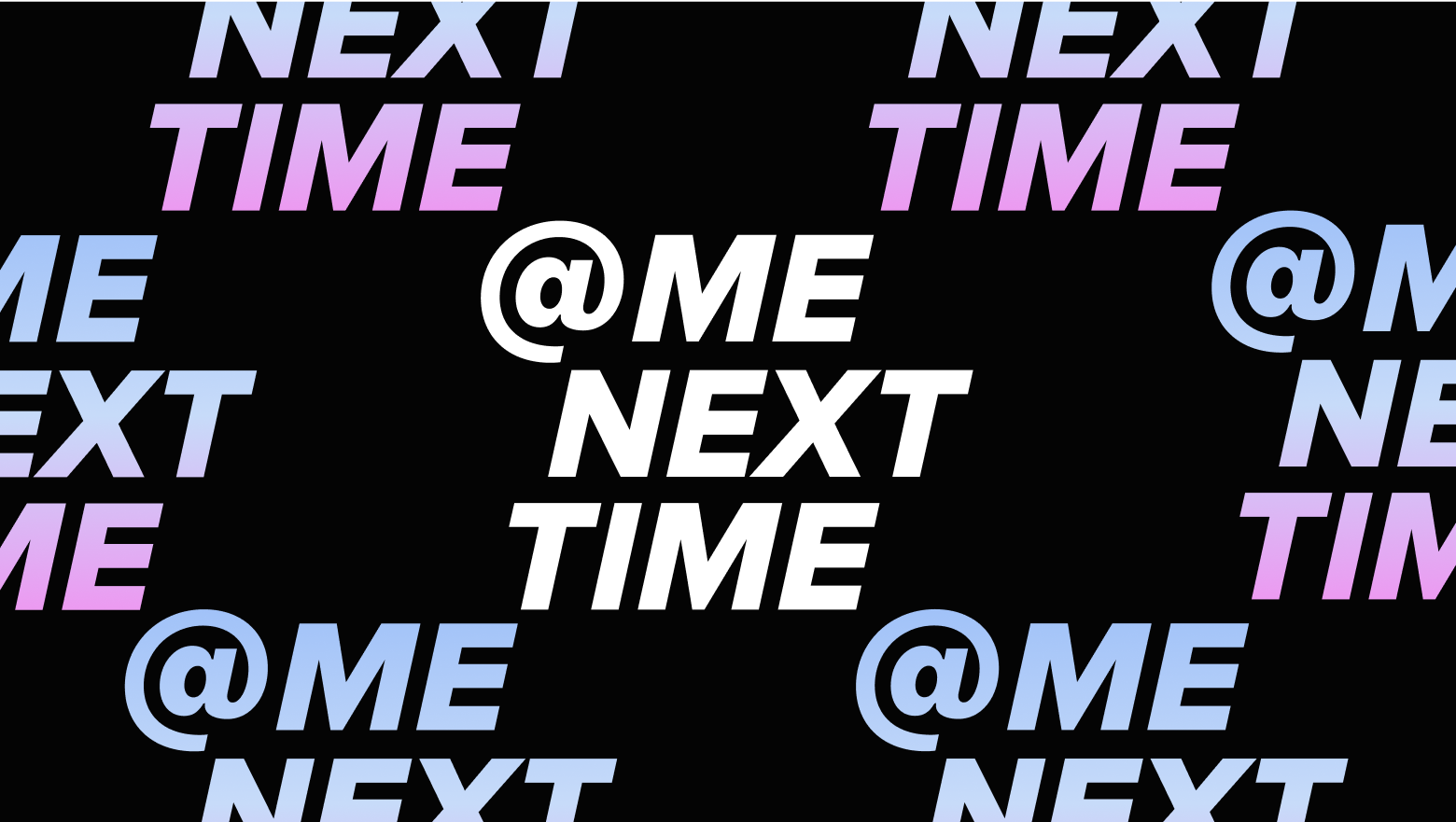







![Always Up-to-Date Guide to Social Media Video Specs [Facebook, Instagram, TikTok, X, YouTube, LinkedIn, Pinterest, Snapchat]](https://media.sproutsocial.com/uploads/2023/11/Always-up-to-date-guide-to-SM-video-specs-Final.jpg)
